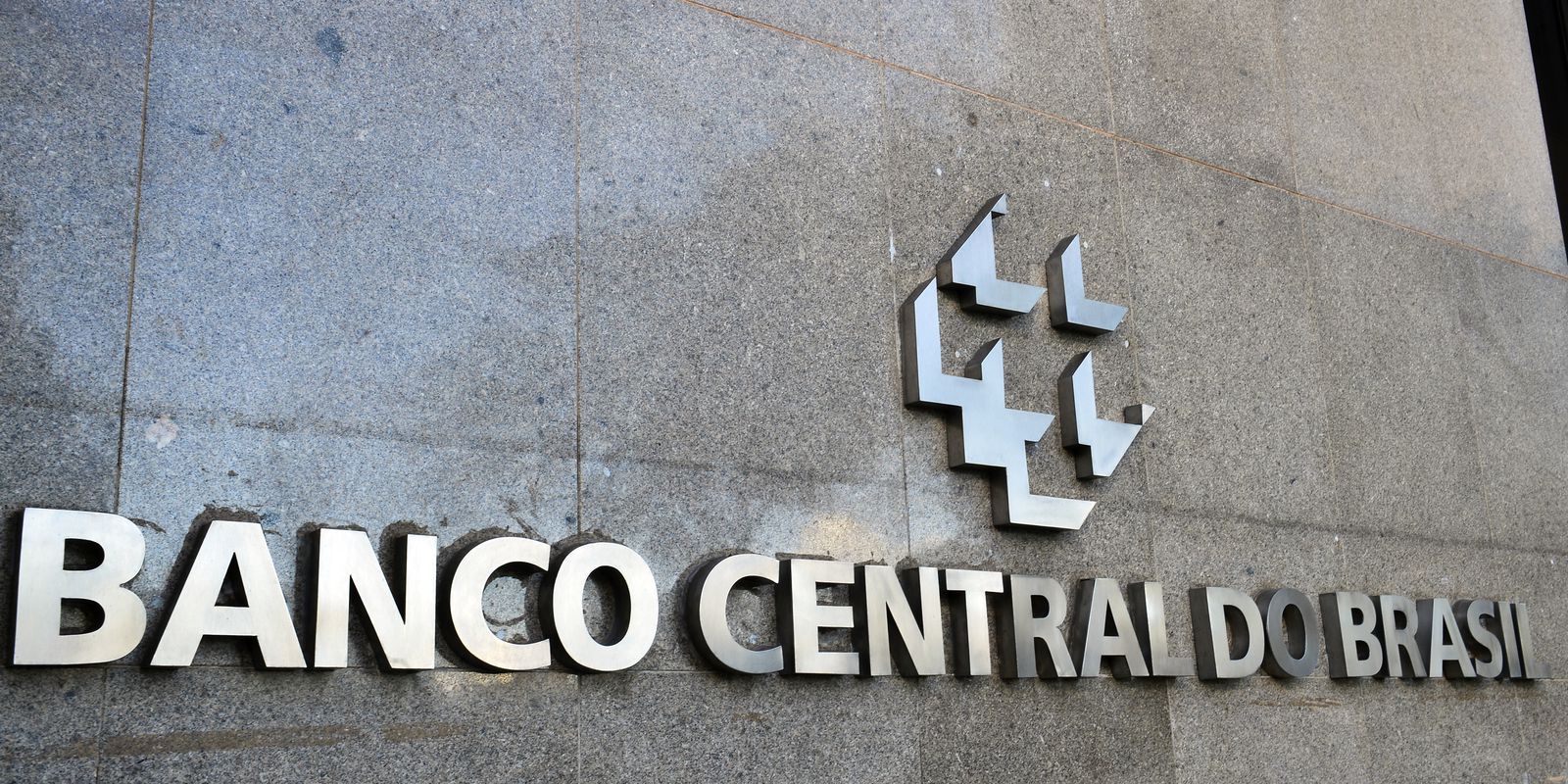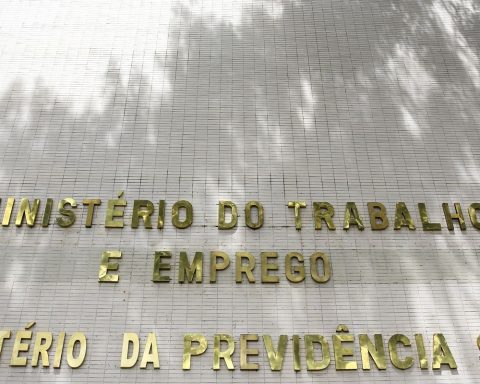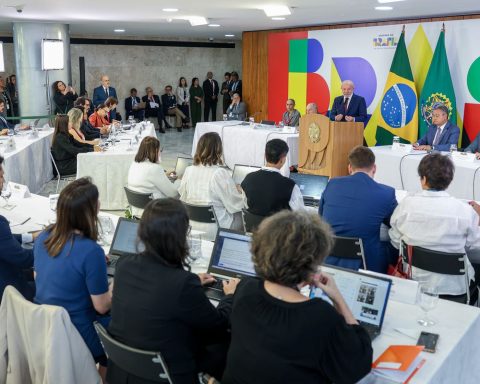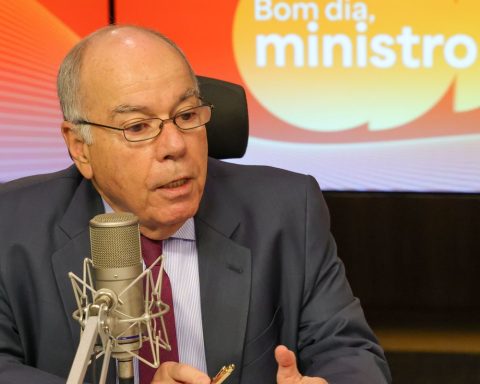The fall in inflation made the Central Bank (BC) interrupt the cycle of high interest rates after a year and a half of consecutive readjustments. By 7 votes to 2, the Monetary Policy Committee (Copom) maintained the Selic rate, the economy’s basic interest, at 13.75% per year. The decision was expected by financial analysts.
Central Bank President Roberto Campos Neto and directors Bruno Serra Fernandes, Carolina de Assis Barros, Diogo Abry Guillen, Maurício Costa de Moura, Otávio Ribeiro Damaso and Paulo Sérgio Neves de Souza voted to maintain the rate. Directors Fernanda Magalhães Rumenos Guardado and Renato Dias de Brito Gomes voted for the 0.25 point increase.
In a statement, Copom informed that it will continue to monitor the economy and may raise the Selic rate again if inflation does not fall as expected. “The committee reinforces that it will persevere until not only the disinflation process is consolidated, but also the anchoring of expectations around its targets. The committee emphasizes that the future steps of monetary policy can be adjusted and will not hesitate to resume the cycle of adjustment in case the disinflation process does not proceed as expected”, highlighted the text.
The rate remains at the highest level since January 2017, when it was also at 13.75% per year. This was the first break in the hikes after 12 consecutive hikes, in a cycle that began amid rising food, energy and fuel prices.
From March to June of last year, the Copom had raised the rate by 0.75 percentage point at each meeting. In early August, the BC started to increase the Selic rate by 1 point at each meeting. With the rise in inflation and the worsening of tensions in the financial market, the Selic was raised by 1.5 points from October last year to February this year. The Copom promoted two increases of 1 point, in March and May, and two increases of 0.5 point, in June and August.
Before the start of the high cycle, the Selic rate had been reduced to 2% per year, the lowest level in the historical series started in 1986. Due to the economic contraction generated by the covid-19 pandemic, the Central Bank had dropped the rate to stimulate production and consumption. The rate was at the lowest level in history from August 2020 to March 2021.
Inflation
The Selic is the Central Bank’s main instrument to keep official inflation under control, measured by the Broad National Consumer Price Index (IPCA). In August, the indicator closed at 8.73% in the 12-month period, after having . This was the second consecutive month of negative inflation, due to the fall in the price of energy and gasoline.
Despite the recent deceleration, the value is above the inflation target ceiling. For 2022, the National Monetary Council (CMN) set an inflation target of 3.5%, with a tolerance margin of 1.5 percentage points. The IPCA, therefore, could not exceed 5% this year nor remain below 2%.
At the Inflation Report released at the end of June by the Central Bank, the monetary authority estimated that the IPCA would close 2022 by 8.8% in the base case. The projection, however, is outdated and should be revised downwards because of the exemptions on gasoline and cooking gas. The new version of the report will be released at the end of September.
Market forecasts are more optimistic. According to the bulletin focusweekly survey with financial institutions released by the BC, official inflation should close the year by 6%. In early June, market estimates reached 9%.
most expensive credit
The increase in the Selic rate helps to control inflation. This is because higher interest rates make credit more expensive and discourage production and consumption. On the other hand, higher rates make it difficult for the economy to recover. In the last Inflation Reportthe Central Bank projected growth of 1.7% for the economy in 2022.
The market projects slightly higher growth. According to the latest issue of the newsletter focuseconomic analysts predict expansion of 2.65% of Gross Domestic Product (GDP, sum of goods and services produced by the country) this year.
The basic interest rate is used in the negotiation of public securities in the Special System for Settlement and Custody (Selic) and serves as a reference for other interest rates in the economy. By readjusting it upwards, the Central Bank holds back the excess demand that puts pressure on prices, because higher interest rates make credit more expensive and encourage savings.
By reducing basic interest rates, the Copom makes credit cheaper and encourages production and consumption, but weakens control over inflation. To cut the Selic, the monetary authority needs to be sure that prices are under control and are not at risk of rising.













